Elettaria cardamomum
Spicy, citrusy, minty… it’s difficult to describe the flavor of cardamom, other than to say it’s delicious!
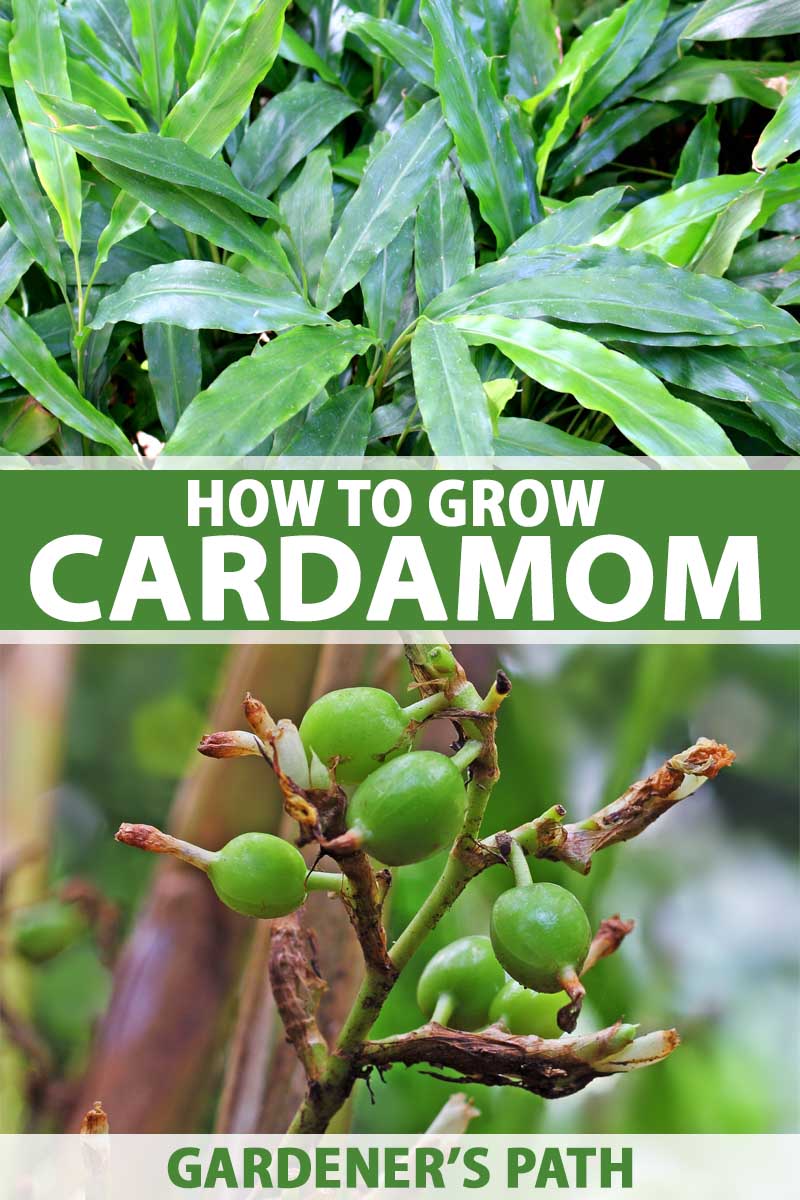
We link to vendors to help you find relevant products. If you buy from one of our links, we may earn a commission.
This tropical perennial herb is treasured for its use in the cuisines of India, the Middle East, and surprisingly, Sweden.
What You Will Learn
What is Cardamom?
Cardamom is a spice made from the seeds of two different species in the genera Elettaria and Amomum in the family Zingiberaceae.
The spice is made from the seeds which are found in small, thin pods. The pods have triangular cross section and a paper-like outer covering.
Before we get too far, let’s chat about color. This article focuses on Elettaria cardamomum, commonly called green cardamom.
You may have also heard of black cardamom, which comes from Amomum subulatum or Lanxangia tsaoko (formerly known as Amomum tsao-ko), and white cardamom, which usually refers to a bleached form of the green variety.
Here we’ll concentrate on the green version, which is often included on lists of the most expensive spices because of its labor-intensive commercial harvesting process.
E. cardamomum is a 5- to 10-foot-tall forest-dwelling plant that thrives in partial shade.
As you might have guessed from our earlier allusion to its tropical nature, it can be grown as an outdoor perennial only in USDA Hardiness Zones 10 and 11. South Florida, Hawaii, and Puerto Rico, this one’s for you!
The clumping plant, with rigid and erect stems featuring leaves that are up to 2 feet long, regrows each year from large underground rhizomes.
Let’s learn more about growing this heady spice!
Cultivation and History
Native to the mountainous forests of southwest India, this spice became a staple ingredient in that country’s cuisine, with its use dating back at least 4,000 years. Ancient Greeks, Romans and Egyptians were fond of the spice.
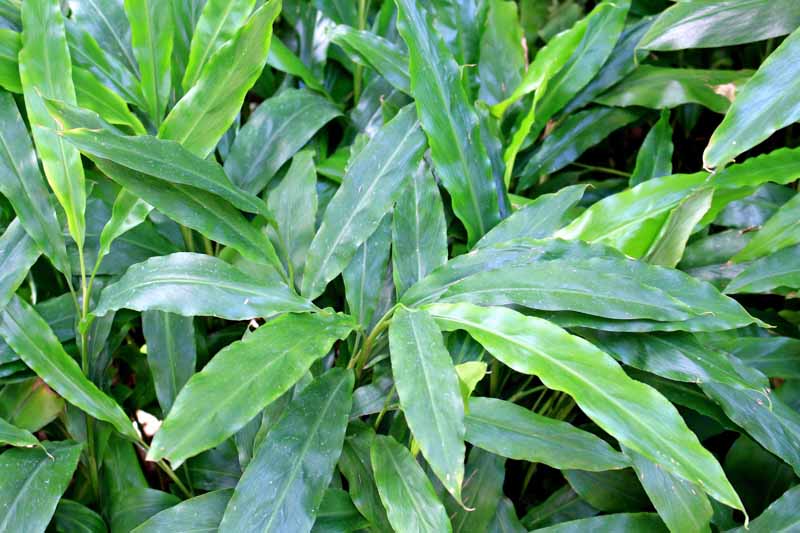
During their roamings, Vikings discovered the spice and brought it back to Scandinavia, where it became a popular ingredient in mulled wine, pastries, and bread.
Today, Saudi Arabia and Kuwait are the biggest importers of the spice. Guatemala is the largest commercial producer, followed by India and Sri Lanka.
The unique taste of cardamom is often described as being very aromatic with resinous fragrance with some mint like flavor.
Over at our sister site, Foodal, you’ll find a detailed guide describing the culinary and medical uses for cardamom. We’ll wait while you go read it…
Propagation
From Seed
Purchase seed specifically designed for planting, as opposed to just cracking open a couple pods from the pantry.
Put the seeds in a glass jar and cover with 2.5 percent nitric acid solution. Stir for about two minutes, then pour the seeds and acid into a strainer. Rinse the seeds thoroughly.
Place the seeds into a bowl and cover with lukewarm water; allow to sit overnight.
If planting outdoors, plant your seeds ½ to 1 inch apart, about ⅛ inch deep in a partially shady place. They prefer rich humus soil that’s slightly acidic. Alternatively, you can plant cardamom seeds in a pot, so you can bring the plant indoors to overwinter.
Cover with a mulch of straw or grass. Germination can take anywhere from 20 to 40 days.
Division
You can also divide cardamom rhizomes that are at least one year old with two growing stems to get more plants. Check out our perennial division guide here.
How to Grow
Make sure your plants are always partially shaded – don’t be taking a chainsaw to nearby trees. And most importantly, keep the ground moist. They do not like soil that dries out; water regularly if rain is not plentiful.

You might also give your plants a misting now and then, since they’re natively accustomed to high humidity.
If you’ve planted cardamom in a container, bring it inside when temps drop below 50°F. Place the pot in a spot that gets 6 to 8 hours of bright but filtered light.
Container-grown E. cardamomum plants can become root bound, which can discourage blooming. If you suspect this is the case, divide your plant.

Expect flowers after about three years; the rhizomes may live for 10-15 years.
From winter to midsummer, feed your plant fish emulsion every couple weeks.
Growing Tips
- Water, water, water
- Not too much sun
- Not too chilly
Purchasing Options
You won’t find a wide variety of cardamom buying choices here in the United States. In fact, your options pretty much boil down to cardamom seeds or a live cardamom plant.
Potted Cardamom Plant via Burpee
If you’d like to purchase a plant, consider this one from Burpee. You’ll receive a plant that’s 3 to 8 inches tall in a 3-inch deep pot.
Managing Pests and Disease
Insects
You may see thrips on your plants, which you can treat with traps.
You may also see evidence of detrimental nematodes, which manifests in poor growth and damaged-looking plants.
If you suspect nematodes, dig up a plant and see if you can spot fairly severe root damage, which is caused by the tiny pests burrowing in, laying their eggs, and robbing the plant of nutrients.
If you have a nematode infestation, you may have to destroy your plants and treat the soil by solarization or with a chemical nematicide to try to get rid of the pests.
Disease
These plants may be bothered by oomycetes or fungi; prevent spread by keeping the growing area clean and removing dead plant matter. You can also treat these problems with a fungicide.
Harvesting
At the base of the stalks, the plant forms long bracts of flowers that then develop into seed pods. These seed pods may be harvested by hand in the fall, 30-40 days after flowering.
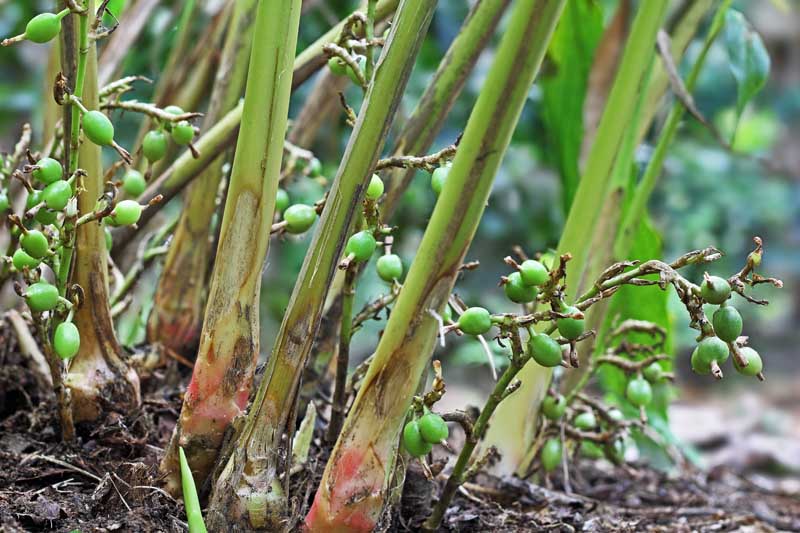
Harvest timing can be tricky. You want to harvest the pods just before they are fully ripe and begin to split and release their seeds.
If you are unsure, pluck a pod and check the color of the seeds inside. A ripe capsule has black seeds, whereas an immature capsule’s seeds are white. Another indicator is the fact that ripe pods will easily come away without much tugging.
Start harvesting at the base of each stem and move up the stem, leaving for another day any pods that resist.
Preserving
Thoroughly wash the harvested pods, removing stems and extraneous matter.
You’ll want to begin the drying process soon after harvesting to retain flavor. Dry the pods in a dehydrator at a temperature no higher than 120°F.
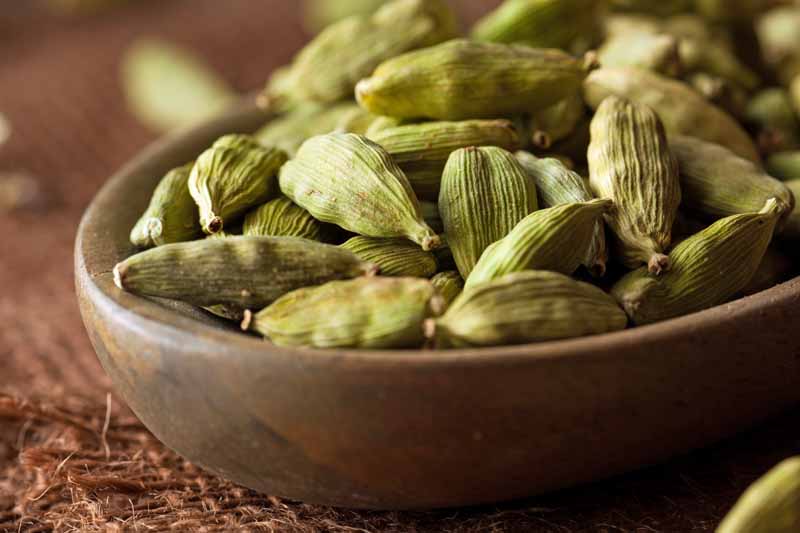
You can also dry the pods in the sun. If you choose this method, be aware the seed pods may bleach, losing their (commercially) desirable green coloring.
The final product should have no more than 10% moisture content.
Quick Reference Growing Chart
| Plant Type: | Upright clumping perennial | Flower / Foliage Color: | Multi-colored purple, cream, yellow blooms |
| Native to: | India | Maintenance: | Low |
| Hardiness (USDA Zone): | 10-11 | Soil Type: | Rich humus |
| Season: | Summer | Soil pH: | Slightly acidic, 6.1-6.6 |
| Exposure: | Part to full sun | Soil Drainage: | Well-draining |
| Spacing: | Thin to 48 inches | Water Needs: | High |
| Planting Depth: | 1/8 inch | Family: | Zingiberaceae |
| Height: | 5 feet | Subfamily: | Alpinioideae |
| Spread: | 2-4 feet | Genus: | Elettaria |
| Pests & Diseases: | Thrips, root nematodes, oomycetes, fungi | Species: | cardamomum |
Recipes and Cooking Ideas
Looking for a sophisticated dessert for a bridal shower? Consider Sweet and Crunchy Cardamom Saffron Cookies.
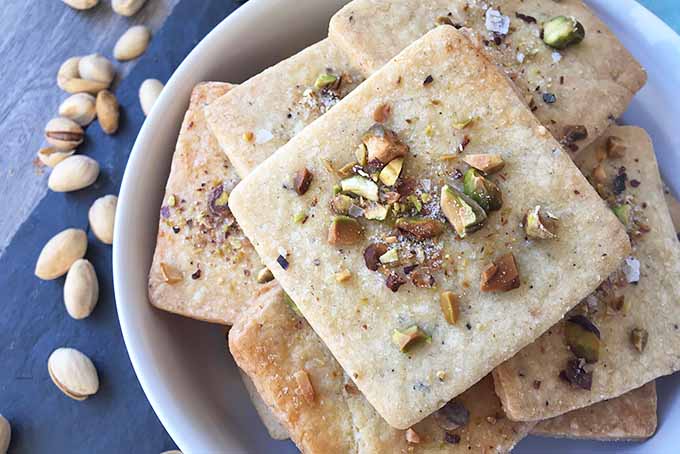
Topped with chopped pistachios and sea salt flakes, they are light, crispy, buttery treats!
Get the recipe on our sister site, Foodal.
For a refreshing drink, consider this Cool and Creamy Indian Lassi.
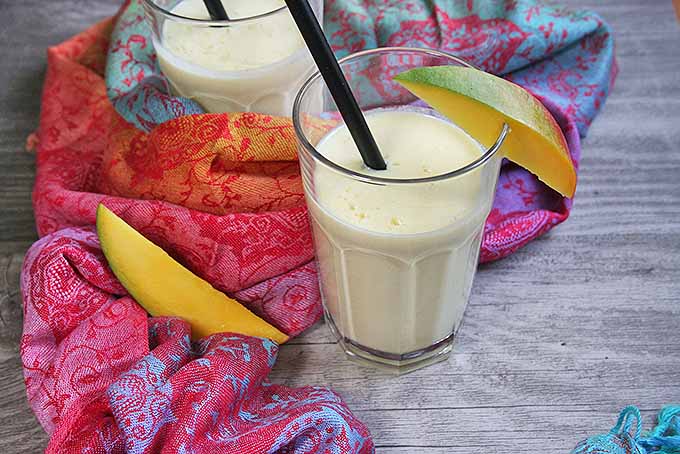
Made with yogurt, sparkling water, or milk and your choice of mix-ins, this is a flavorful alternative to the usual soda or iced tea.
This slightly sweet bread will impress friends and family.

The elegant form may look daunting, but you’ll actually find it quite easy to make this Twisted Cinnamon and Cardamom Loaf.
A Flavorful Plant
Even if you aren’t a resident of the limited US regions in which cardamom will thrive in the ground, you can still enjoy this bountiful tropical plant with a little extra love and care.
Plant it in a container and bring it in to overwinter. Be sure to give it space, as it can grow to 10 feet tall!
Imagine the joy of harvesting your own delicious spice.
Is this a challenge you’re willing to undertake? Or perhaps you have already, and you have some tips to share in the comments section below? We’d love to hear from you!
If you found this guide valuable, learn how to grow other culinary treats here:
© Ask the Experts, LLC. ALL RIGHTS RESERVED. See our TOS for more details. Product photos via SAFLAX and Burpee. Uncredited photos: Shutterstock.
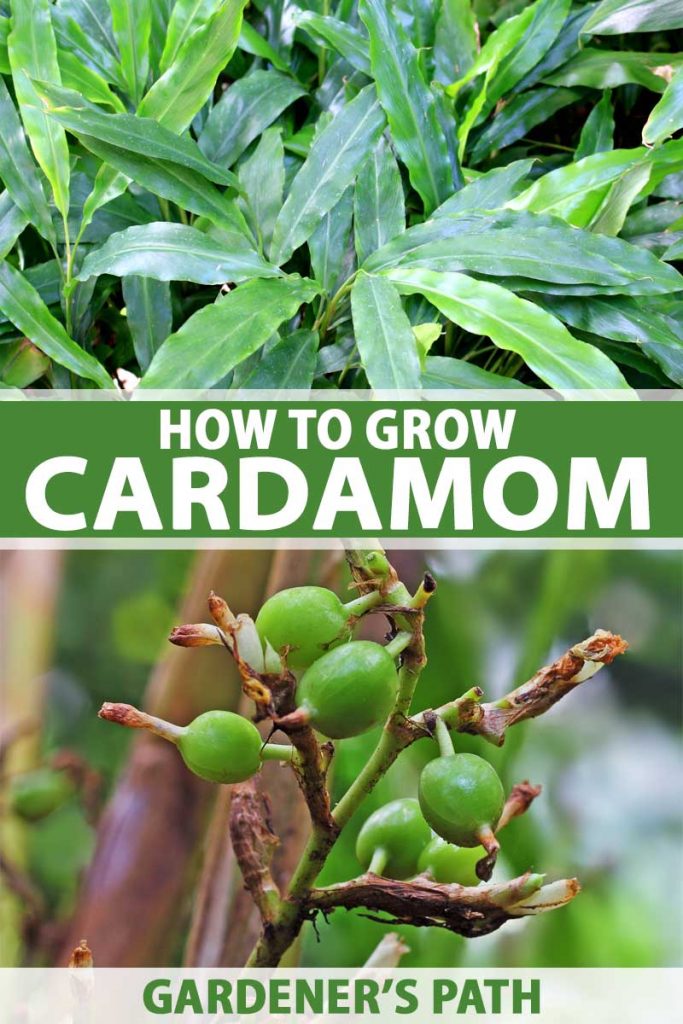
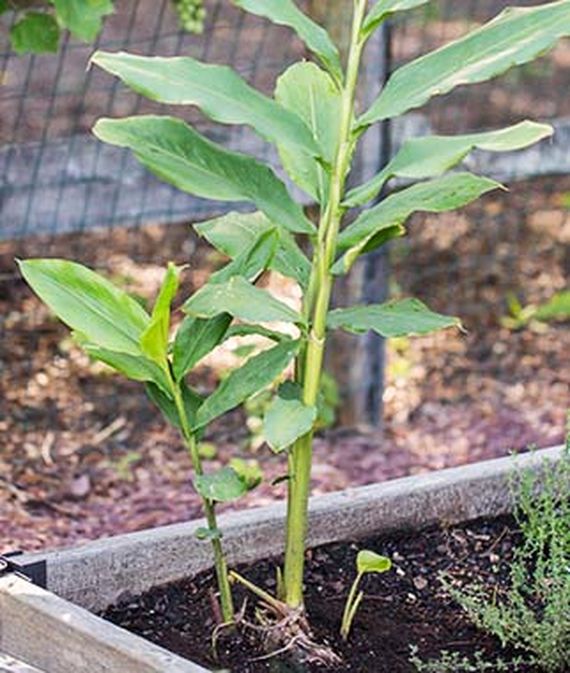
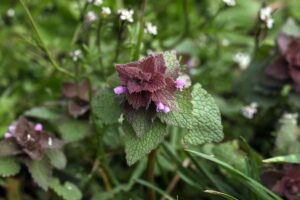


An informative article, thank you. By the way, the two images you are showing to be cardamom flowers are Alpinia species, some of which are falsely sold as cardamom. Alpinia has terminal flowers (from the top of the leafy stem), while, as you note, Elettaria flowers from the bottom of the plant (flowers are white with magenta markings). A handful of Amomum species can also be called cardamom but as with Elettaria, they are all basal flowering. The flowers you have shown will never produce anything resembling cardamom seed and are simply sold as false cardamom, the leaves having a… Read more »
Hi Jennifer, thank you so much for catching that mistake! We’ve updated the article now, and much appreciate you taking the time to comment.
Hi. Thanks for this article. I had opened some freshly bought cardamom pods and put the seeds in a little pot of compost. Forgot about it and just found all of them germinated after nearly a month. Planning on growing them on but wondered if I’ll still get a harvest because I didn’t soak them or treat them in acid. Please advise.
These methods of soaking and treating are meant to soften the seed coat, encouraging germination. Since yours have already sprouted, you can skip this step!
Our ginger cardamom has gotten out of hand and we wish to remove to create a new landscape. What are best recommendations to fully remove from yard? (Previous homeowner planted for privacy)
Thanks for your question, Sunny. Sounds like you are probably gardening in a temperate, humid climate where cardamom has a tendency to spread via its vigorous rhizomes. You will need to dig up the entire root structure for successful removal. Be sure to clip the pods before they reseed the planting area, and pull up any volunteer seedlings that pop up next spring.
Thanks!
You’re welcome! Thanks for reading Gardener’s Path!
I have a cardamom plant that I planted 10 years ago on the east side of my yard next to a fence and wooded area. It gets western afternoon sun. It has grown beautifully and is quite thick but I have never seen it bloom. We are rebuilding our fence and I am going to dig it up, thin it and move some. Any ideas why it doesn’t bloom?
A plant’s failure to bloom can be the result of a few different factors, including age, insufficient sunlight, and a lack (or overabundance) of certain nutrients. Where are you located and about how many hours of full sun per day does your plant receive? Have you ever conducted a soil test? In many plants, an overabundance of nutrients can cause plants to product vibrant and robust foliage to the detriment of flowers and fruit. Dividing it as you’ve suggested should also help, if it’s crowded in its current space and competing for limited resources.
Good luck!
Good to the point information
Unfortunately Burpee hasn’t had Cardamom plant available for at least 2 years and say they don’t know when it will be back in stock 🙁 Does anyone know of any other nurseries which sell it?
I’ve never had luck with the seeds and thought it was because they are harvested before they are ripe and then heat dried. I’m amazed that Shanti Rajan had such luck with hers. If you see this post, please tell us where you got them from!
alohatropicals dot com has the plant, not sure where one can get fresh pods (like Shanti got)
I got my Cardamom plant about 6 months ago and it’s thriving now.
So glad to hear it, Sue D.!
I am just finding this article and it is Sping 2022 – What great information! Thank you! Quick FYI, I did try the Burpee link and they do not have any. But I see that there are rhizomes available from places like Etsy. I am thinking about purchasing some rhizomes. I live in zone 3 so this could be a potted indoor plant with the option of spending summers outside. However, I am curious if they grow year-round? Or could I plant the rhizomes then dig them up in the fall and store them? I plant Canna yearly in this… Read more »
Apologies for our extremely delayed reply! In a cold growing zone such as yours, planting in pots and cultivating your cardamom indoors for the majority of the year is probably the way to go. Generally speaking, tender rhizomes must be lifted before the ground freezes. But I don’t actually know whether these plants will survive a dormant period like you’ve described if they’re lifted and stored for the winter! This is not something I have tried myself. Bringing pots indoors for the winter is certainly recommended, and for parts of the spring and fall in your USDA Zone as well… Read more »
Hi Jennifer, thank you for this informative article, I need your guidance regarding Cardamom cultivation. I am form central india region, my fateher brought a cardamom plant from kerla about 10 years back and we planted it in a pot. before 5 yrs i have devided this plant into 10 and plated on ground. Since last year the plants are blooming. and i want to know how can i do artificial polliation in it.
How wonderful that you have 10 plants growing now! Bees typically pollinate cardamom in the wild, so your best bet is probably going to be to use an electric toothbrush with a soft brush head to gently hand-pollinate, creating “buzzing” vibrations with the toothbrush and moving pollen from flower to flower.
Specialty tools are also available for this purpose, like the “Be the Bee” pollinator from AeroGarden. It is available on Amazon or direct from the AeroGarden company.
How many times we can harvest in a year and what is the flowering season?
Hello Shakti. The flowers bloom in summer, starting when the plants are about three years old. The pods are usually ready for harvest 30-40 days later. You can only harvest the plants once per season, but pods will mature at different rates, starting with the ones lower on the stems. To determine if they’re ready to harvest, the article conveys this tip: If you are unsure, pluck a pod and check the color of the seeds inside. A ripe capsule has black seeds, whereas an immature capsule’s seeds are white. Another indicator is the fact that ripe pods will easily… Read more »